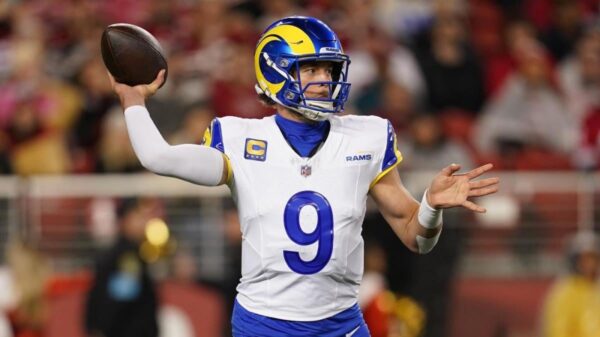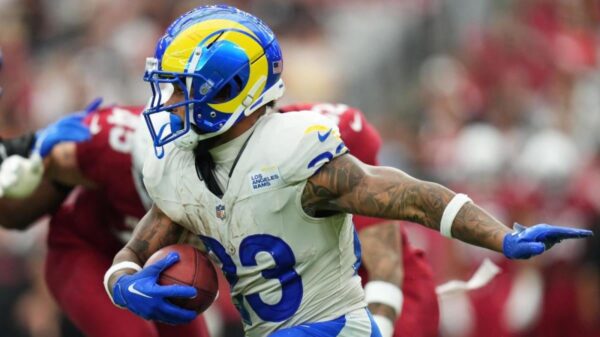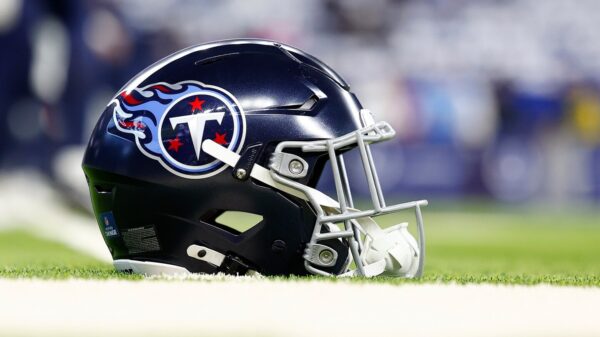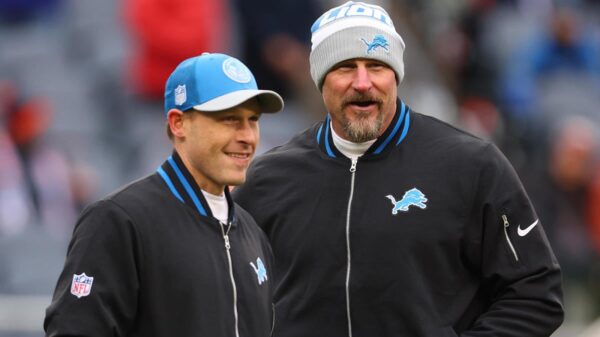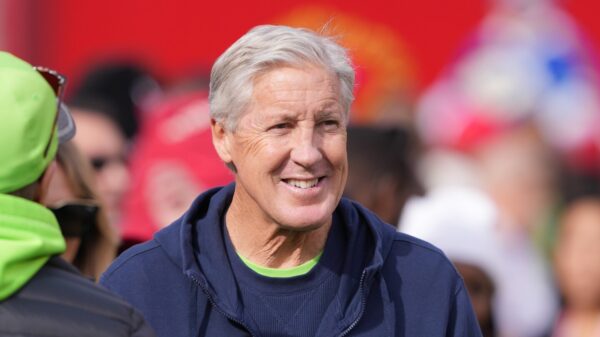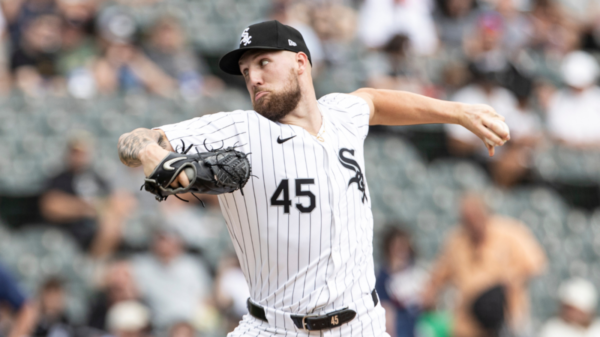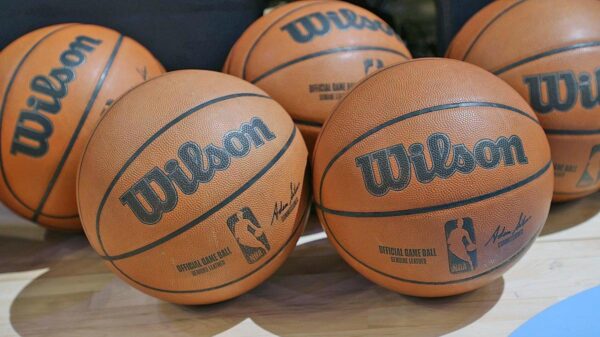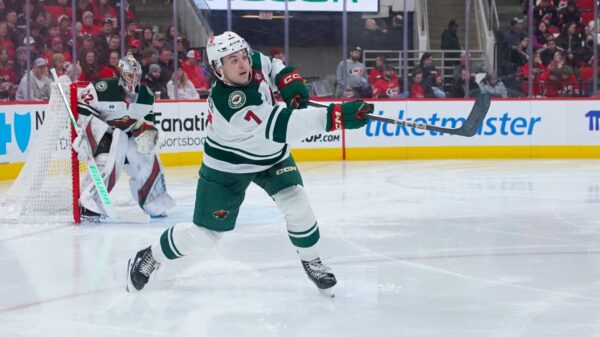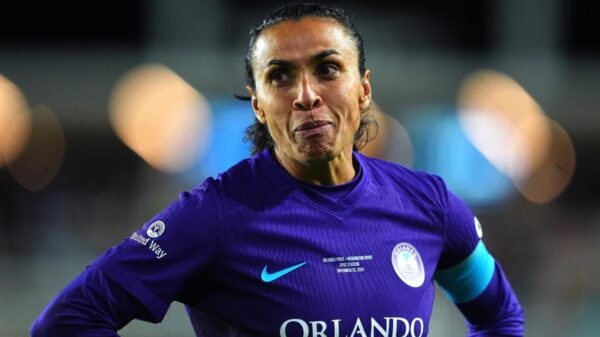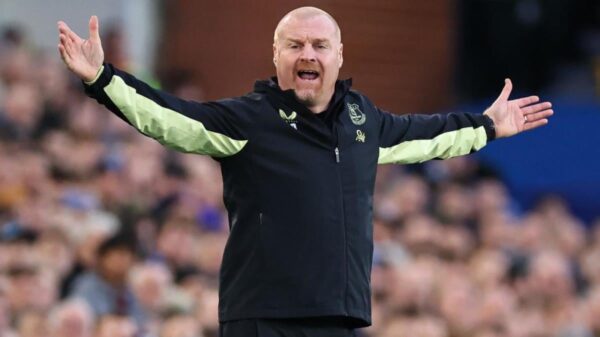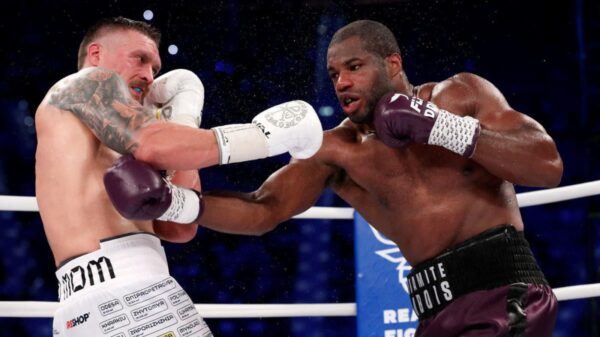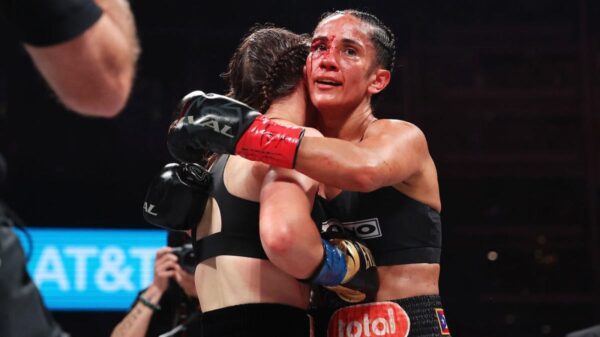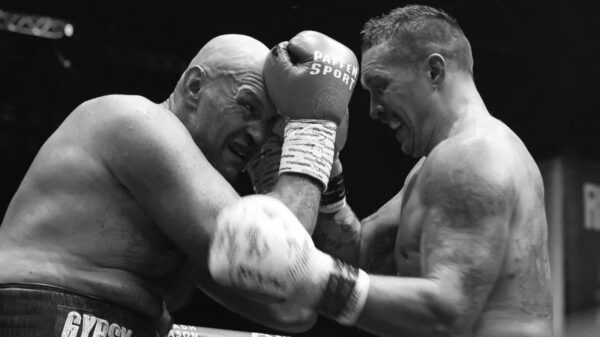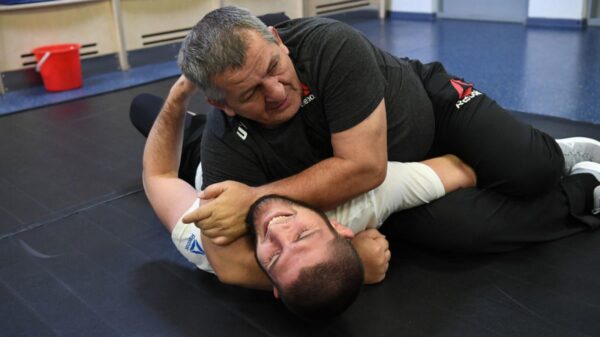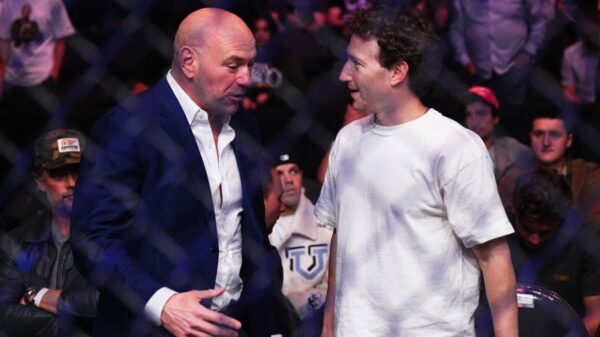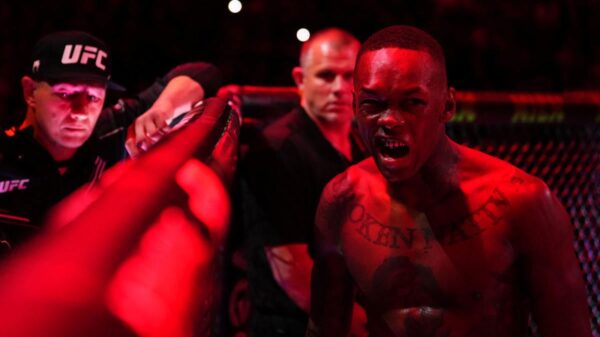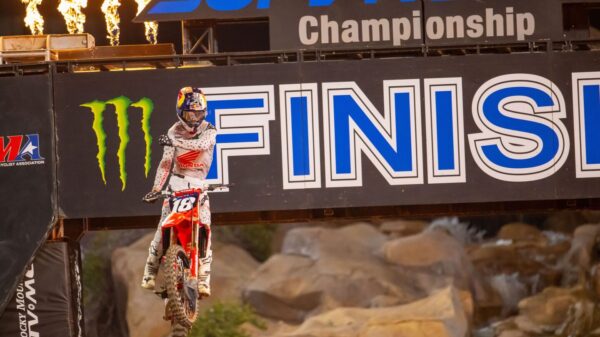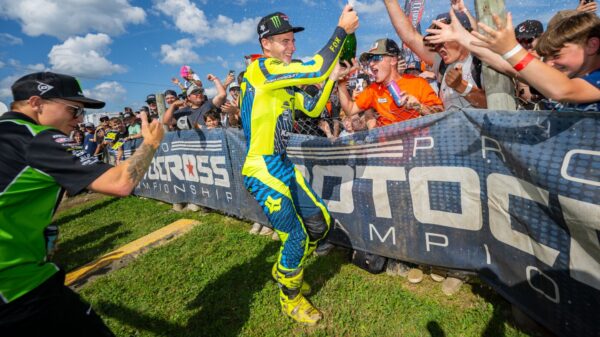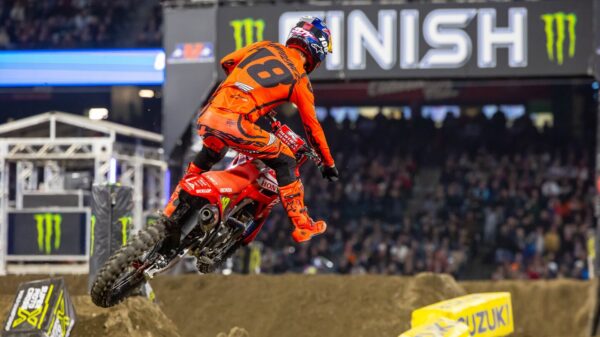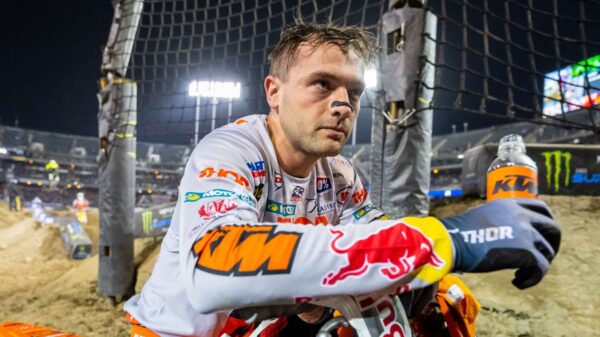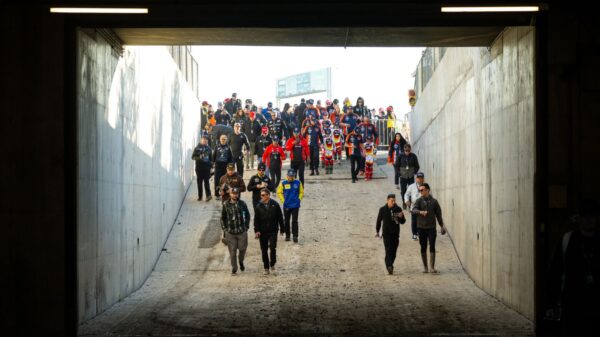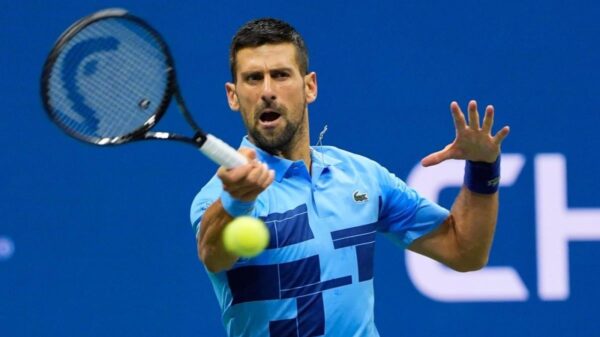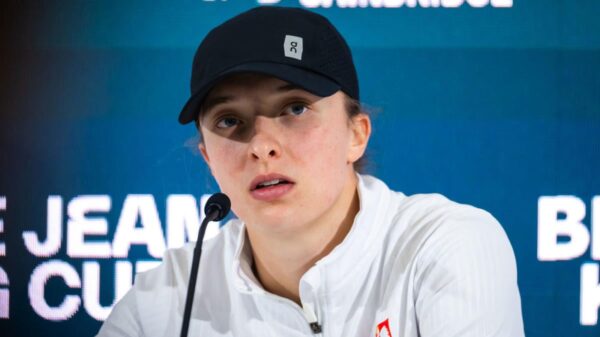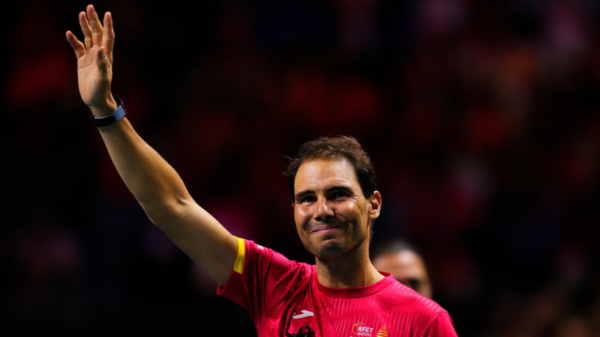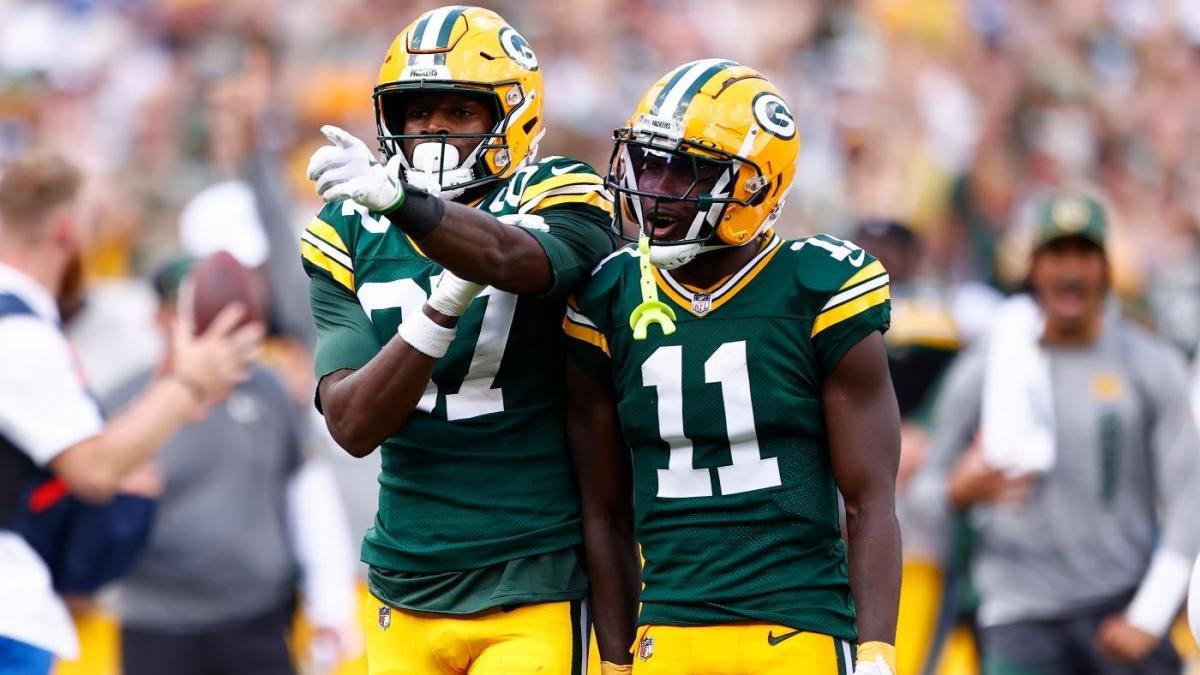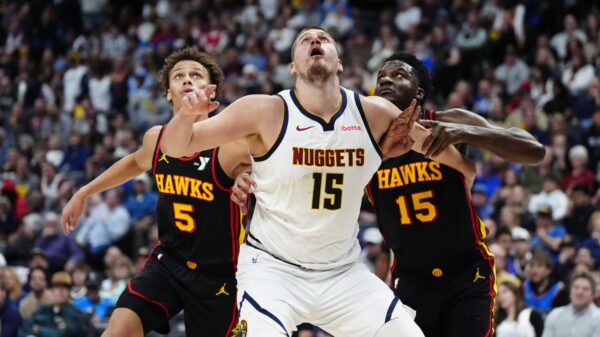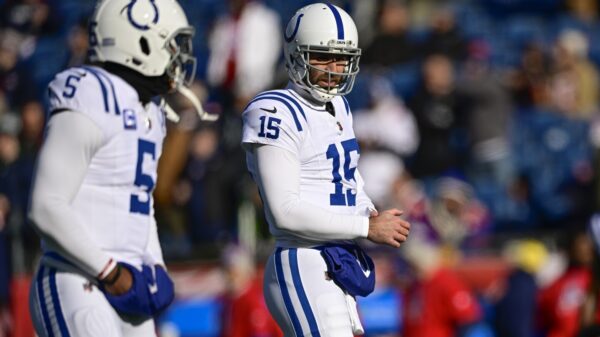The Green Bay Packers’ big-play offense suffered a critical loss in their Week 18 finale against the Chicago Bears, with wide receiver Christian Watson suffering a torn ACL and other damage to his knee. He averaged 21.4 yards per catch this season, which would have ranked second in the entire NFL behind only Indianapolis Colts wideout Alec Pierce (22.3) if he had enough receptions to qualify.
“It’s a big-time loss, just his presence on the field alone,” Packers head coach Matt LaFleur said Monday. “He’s so versatile in his ability to play multiple positions. You can put him at the X, the F, the Z. You can move him all over the place. Obviously, he’s got an element in terms of his size and speed that’s tough to replicate. There’s not many built like him around the league. I hurt for him. I obviously hurt for our team, but more for him just because I know how much he’s put into this thing, just like all our guys, and you never want to see that.”
As a team, the Packers are third in the entire NFL in yards per route run (1.71), according to TruMedia. They trailed only the Baltimore Ravens (1.88) and the Detroit Lions (1.80) in that metric in the 2024 regular season. However, Green Bay averaged a whopping 1.94 yards per route run when Watson was on the field this season. That’s a rate that would far and away be No. 1 in the league this season. Conversely, when Watson wasn’t on the field this season, the Packers’ yards per route run dropped down to 1.46, which is a rate that would rank 17th in the entire league this season.
Per TruMedia, an explosive play is defined as a run of 12 or more yards or a catch of 16 or more yards. Green Bay was one of the most explosive offenses in football this season, producing the fourth-most explosive plays in the league in 2024 with 136. They also registered the third-highest explosive play rate in the entire league at 13.2%, per TruMedia. Isolating for when Watson was on the field, the Packers’ 16.3% explosive play rate would rank as the highest in the league by more than 1% over the Baltimore Ravens’ 15.2% figure. When Watson wasn’t on the field, Green Bay’s explosive play rate plummeted to 10.1%, which would rank 25th out of 32 NFL teams this season. His loss is massive.
|
Yards/route run |
1.94 |
1.46 |
|
Explosive plays |
85 |
51 |
|
Explosive play rate |
16.3% |
10.1% |
Even tougher for the Packers is a road playoff matchup against the second-seeded Philadelphia Eagles (14-3) and defensive coordinator Vic Fangio’s defense. Fangio revolutionized defense in the NFL with his two-high safety scheme, one that is now ubiquitous around the league today. That’s why the 2024 Eagles are the best in the NFL at limiting explosive passes, allowing them on just 10.3% of opponent dropbacks, per TruMedia.
“It’s much more difficult to get some of those explosive gains, so I would tell you that it’s gonna be very important for us, for our offense, to be efficient, stay ahead of the sticks,” LaFleur said.
So how can Green Bay survive Watson’s absence to beat Philadelphia and make a playoff run? Here are three ways.
Bring back play-action to the Packers attack
Play-action has long been a staple of the Shanahan offense, but LaFleur’s 2024 Green Bay attack has been lacking in that department. It’s been run on only 13.7% of Green Bay’s offensive plays this season, which ranks 19th in the NFL. A season ago, its 15.3% rate was the ninth-highest in the NFL. Only 46.8% of their under center snaps in 2024 are play-action, tied for the ninth-lowest rate in the league. Since Jordan Love became the Packers starting quarterback in 2023, his 113.6 passer rating on play-action is the seventh-best in the entire league while his yards per pass attempt of 10.1 on play-action throws is the 10th-best in the league in that span. His 21.3% explosive pass rate on play-action passes since 2023 is the 11th-best in the NFL.
Teams don’t need to be proficient at running the football to perform well on play-action passes, but it definitely doesn’t hurt. Green Bay has a top-tier run game, both in terms of scheme and personnel. Josh Jacobs has more than earned his Pro Bowl selection and four-year, $48 million contract he’s received in 2024: his 1,336 rushing yards are the sixth-most in the NFL, and his 15 rushing touchdowns are the fourth-most in the league. A key factor in the play-action rate declining probably had to do with Love’s compromised mobility early in the season when he dealt with both a knee sprain and a groin sprain. Now, LaFleur incorporating more play-action into the game plan could provide Love and Co. a tremendous boost.
Continue to give Josh Jacobs the football
This is obvious. As mentioned above, Jacobs has been been one of the best backs in football this season. His eight-game touchdown streak is the longest active streak in the NFL today, and it’s tied for the longest such streak in Packers history, including the postseason, with All-Pro wide receiver Davante Adams in 2020. The more Jacobs can wear down a defense early will allow Love and his receivers to create big plays later on in the second half of games.
Yes, Watson’s absence is a clearly an issue, but the Packers are the youngest team in football for the second season in a row. Plenty of that youth is in their wide receiver room. Two of those youngsters — 2022 fourth-round pick Romeo Doubs and 2023 second-round pick Jayden Reed — are primed to fill the big-play void left by Watson.
Doubs had the most receiving yards through the first two rounds of the postseason last year. He totaled 234 yards receiving and a touchdown while catching 10 of his 12 targets against the second-seeded Dallas Cowboys and top-seeded San Francisco 49ers. His opening-round massacre of the Cowboys’ secondary — 151 receiving yards and a touchdown while catching all six of his targets — was masterful. Whether it was against zone or man coverage, Doubs won again and again and again. One of his best routes came midway through the second quarter where he sold a vertical route before cutting hard into an out-breaking route toward the right sideline.
Love also trusts Doubs, like Watson, in a way to where he doesn’t fear just lobbing the football up for grabs because he knows his downfield target is capable of making magic happen, like this game-sealing, 22-yard touchdown catch in the back of the end zone on third down in Seattle this season. Getting him running downfield is different than Watson because blows by people. Doubs is more of contested-catch, deep-ball receiver, but Doubs can make big plays all the same.
Reed provides the type of speed running free downfield that causes opposing secondaries to sweat, which is why LaFleur needs to be more creative with scheming up routes that get him going down the field. Lately, a lot of Reed’s opportunities have been on underneath throws or horizontal runs, the latter of which opposing defenses have loved to see coming. He’s at his best when he has the opportunity to break free over the middle of the field because there aren’t many players that can keep up with him sideline to sideline. One example is Reed’s essentially game-winning 51-yard reception at the Jacksonville Jaguars where LaFleur lined him up on the line of scrimmage, almost like a tight end, and then leaked him out into space, which caused a linebacker to fall flat on his face. Green Bay ended up kicking the game-winning field goal a few plays later.
In Week 1 against the same Eagles squad in Brazil, Reed broke free for a 70-yard touchdown on a simple over route after Love scrambled and stepped into a throw to him down the right sideline. The more Reed can get into space over the middle, the better the results will be for the Packers’ passing game. Like Watson, Reed has been one of the most explosive receivers in the league this season: Reed’s 15.6 yards per reception ranks as the sixth-most in the NFL in 2024.
More play-action, plus a steady diet of Jacobs, Doubs deep and Reed over the middle, can be good enough to get Green Bay going in the postseason. All LaFleur has to do is re-commit to his staples.
Read the full article here

